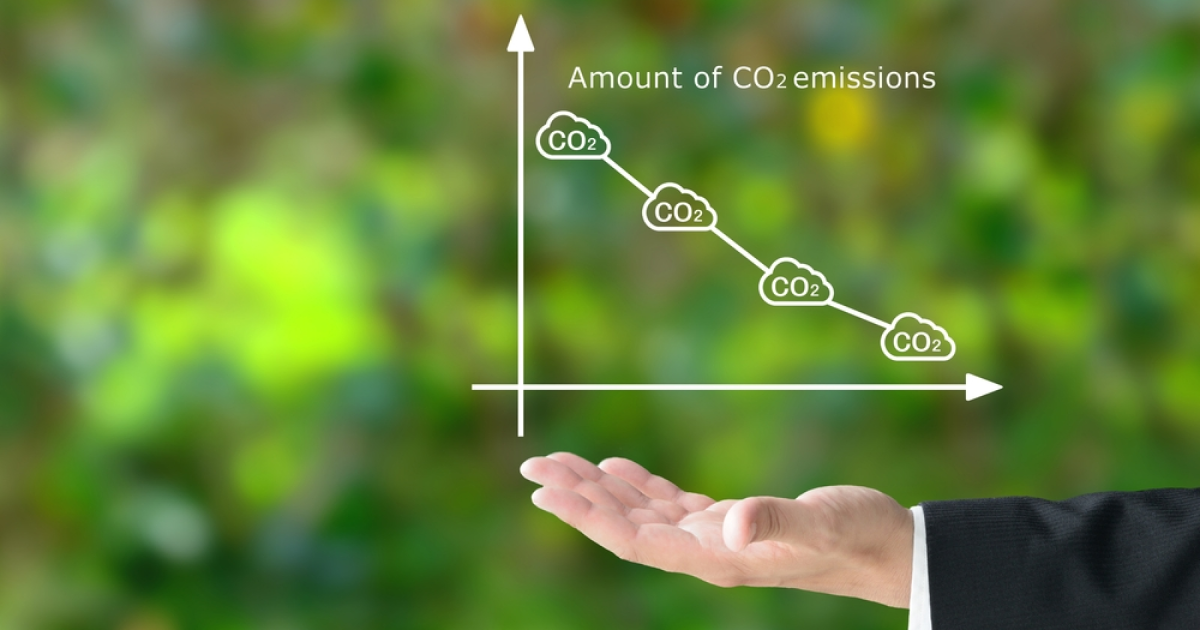
News Global Market MENA 956 17 November 2023
The Middle East and North Africa have good opportunities, but competition is intensifying
The MENA region (Middle East and North Africa) could become a global leader in green steel production and direct reduced iron (DRI) trade. This is stated in a study by the Institute for Energy Economics and Financial Analysis (IEEFA).
The region is well positioned to supply India, a key growth market, and demand centers for green steel such as Europe.
As the global steel sector decarbonizes, direct reduced iron production is likely to be decoupled from steel production, analysts say. More iron ore will be processed in places with available renewable energy sources that can produce cheap green hydrogen. The resulting direct reduced iron will be shipped to centers of steel demand. The Middle East and North Africa may become a global leader in DRI trade, but global competition is growing.
The MENA steel sector has a big advantage as it is already based on DRI production using gas rather than coal. The region has an established source of DR iron ore, a commodity in limited supply that accounts for only 3-4% of the total global trade in this raw material.
Vale, the world’s largest producer of DR ore, plans to establish mega hubs in the Middle East that will supply iron ore pellets to nearby DRI plants to produce hot briquetted iron (HBI) for local and foreign markets.
Gas-fired steelmaking using DRI has lower emissions than blast furnaces, which dominate the steel industry in most other regions. However, it can only be made truly environmentally friendly by switching to green hydrogen, the cost of which will decline over the current decade. The solar resources of the Middle East and North Africa will allow the region to produce cheap green hydrogen in the near future.
As IEEFA noted, the current focus of green hydrogen projects is on exports, which, however, is inefficient and expensive for the region. Most of the future hydrogen production should be directed to domestic use for the production of green steel. Global steel companies pursuing decarbonization are increasingly turning to imports of direct reduced iron in the form of HBI. Future DRI-based steel plants in the Middle East and North Africa should be ready to switch to green hydrogen at the earliest opportunity.
As GMK Center reported earlier, demand for green steel in Europe will reach 3.68 million tons in 2023, according to a corresponding study by ResearchAndMarkets. It will be supported by two main factors – Scope 3 emission reduction targets and end-user demand for these products, which has turned out to be wider than originally forecast.



